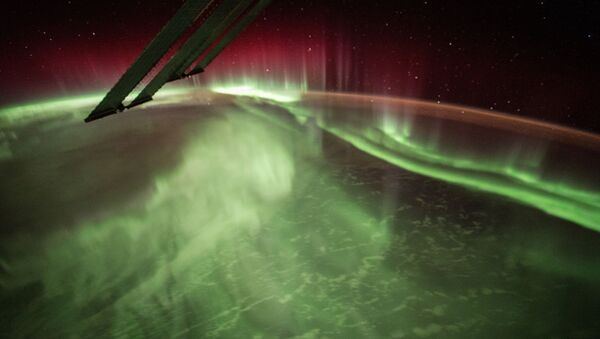As the Earth’s magnetic pole appears to continue gravitating toward Siberia faster and faster, this development has raised a rather unusual question among some scientists – how would this shift affect the phenomenon known as aurora or polar lights?
As Nathan Case of Lancaster University explained in an article published on The Conversation, the northern lights occur when solar matter and energy penetrate our planet’s magnetosphere and get "funnelled into the poles" by the magnetic field, thus producing such spectacular light displays.
A recent study published in the Geophysical Research Letters journal has revealed, however, that the aurora follows the geomagnetic poles rather than the magnetic poles, and the former seem to move much slower than the latter.
"And since the aurora seems to follow the more averaged version of the magnetic field, it means that the northern lights aren’t moving that fast either. It seems as though the aurora are staying where they are – at least for now", Case remarked.


